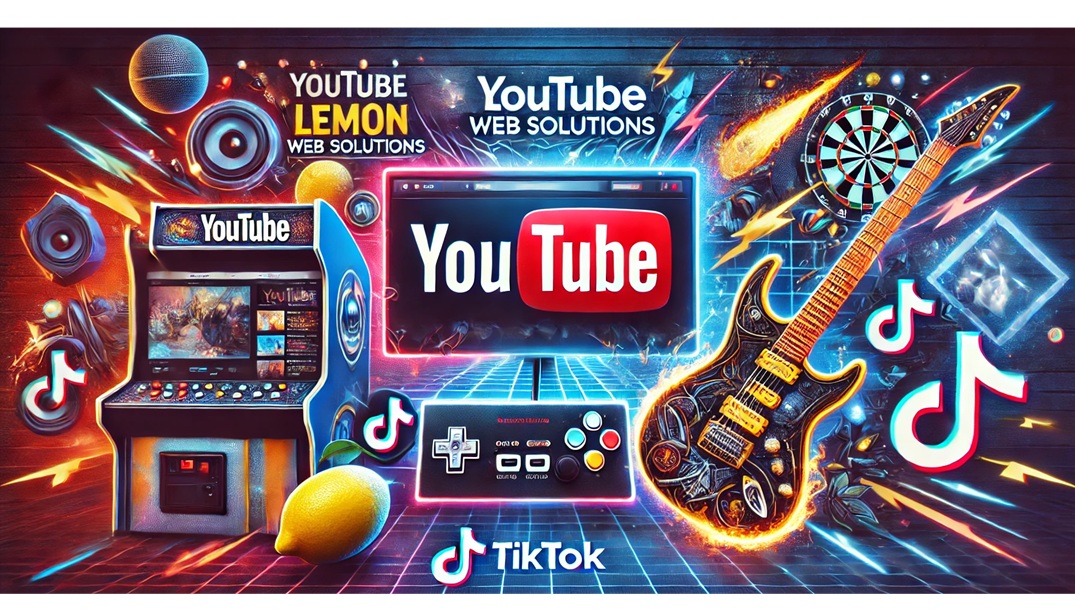If you've opened Google Chrome recently only to find some of your favorite extensions mysteriously turned off, you're not imagining things. You're part of a global wave of users feeling the effects of Chrome's latest under-the-hood changes.
Google has begun rolling out its new extension platform known as Manifest V3, and in doing so, it's phasing out support for the older Manifest V2 extensions. That means many of the tools you've relied on—like ad blockers, privacy enhancers, or productivity add-ons—may no longer function as expected.
And with over 3 billion users worldwide, this update is making a noticeable impact.
Can You Get Your Extensions Back?
Maybe. Chrome doesn't always permanently disable your extensions—it depends on what they do and whether they still meet Google's new guidelines. If you're feeling adventurous and want to try reactivating them, here's what to do:
Keep in mind, this doesn't always work. Some extensions just aren't compatible with Manifest V3 at all.
What If the Extension Still Doesn't Work?
If toggling the extension back on doesn't help, don't panic—yet. You still have a few options:
Browser Alternatives That Keep V2 Extensions Alive
Not all browsers have immediately adopted Manifest V3. Some Chromium-based browsers (like Brave, Vivaldi, or Opera) may still support V2 extensions—at least for now. If your must-have tools still work there, switching might be a quick fix.
Alternatively, you could look beyond Chromium entirely. Firefox, which runs on the Gecko engine, isn't affected by Chrome's Manifest update. It has a robust and mature extension ecosystem of its own—and chances are high that your favorite Chrome extension (or something very similar) exists there too.
The Bigger Picture
While the shift to Manifest V3 is part of Google's efforts to boost security and performance, it has also raised concerns around how it might affect the functionality of privacy tools like ad blockers. For everyday users, the short-term effect is simple: some of your extensions might break or vanish.
But with some quick troubleshooting, a bit of patience, or a browser switch, you can regain much of the functionality you've lost.






Comments